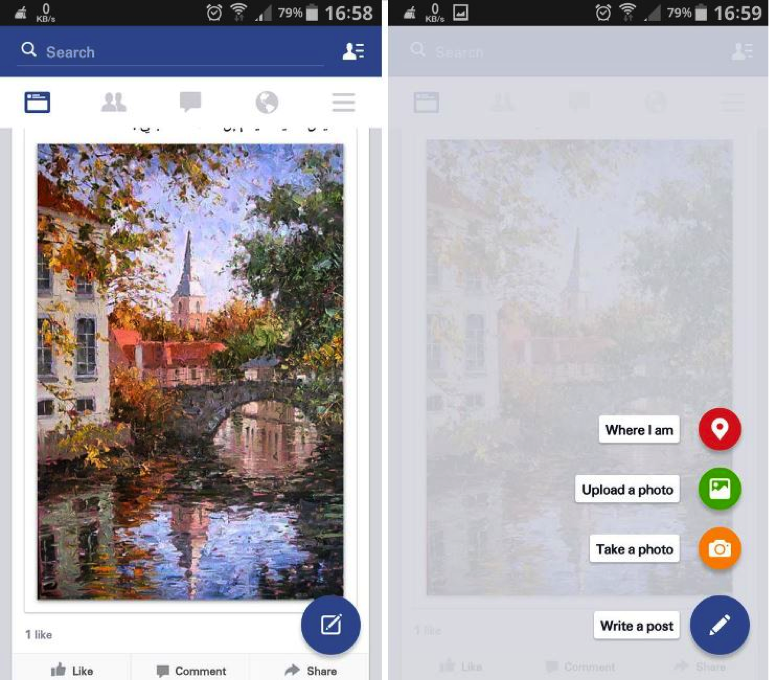Over the next month, the Mystic Media Blog will be delving into the top app development trends for 2016. Check out our master list in our blog App to the Future and be on the look out for next week’s blog when we explore Cloud Integration.
Since the dawn of the iPhone, smart devices have become omnipresent. With Apple, Google, Microsoft, and more jockeying for position in the device and operating system market, many app developers will be investing in cross-platform development tools in 2016 to ensure their apps function on all operating systems and thus reach the widest possible audience.
Cross-platform development offers an extremely fast, simple and cost-effective method of creating an app. By building apps on a common code which can be easily ported to fit any OS, developers can focus more on a single universal app rather than divide their attention over multiple native apps. Developers also reduce the amount of maintenance necessary since they only have to update one app.
We have previously tackled this subject in our 2013 blog Should Your Company Develop Native Apps or HTML-5-Based Apps?
It’s important to understand that cross-platform app development also comes at a price. Developing for multiple platforms prevents app developers from maximizing the capabilities of any individual OS. Some apps may be too advanced to develop using a cross-platform tool, in which case, developing native is the best and only option. Android and iOS have different design schemes for apps on their respective Operating Systems. Customizing app design to match iOS or Android aesthetics improves ASO in the Apple App Store and Google Play. Apps can also have trouble integrating with devices due to the variety of storage options available on devices. We recommend you always discuss the project with your app developer before committing to developing using a cross-platform tool.
Ultimately, it comes down to a matter of resources. Developing an app natively for iOS and/or Android will yield a better product optimized to the device. While any company would love to be Facebook and have the money to invest in completely different native applications for iOS and Android, some have to be pragmatic about their budget. Once the decision to build cross-platform is made, the all-important question of which app development tool to utilize arises. Here are some of the best cross-platform development tools on the market in 2016.
PHONEGAP
Adobe PhoneGap is one of the most popular cross-platform development tools on the market. PhoneGap is based on the open source Apache Cordova project, making it free to use. Adobe also offers an enterprise version of PhoneGap – it integrates with Adobe Marketing Cloud to not only focus on app development, but to ensure apps reach their audience and experience success. PhoneGap not only creates apps for iOS and Android, but also BlackBerry and Windows, making it an extremely versatile tool.
Xamarin recently attracted a great deal of attention when it raised $54 million in its Series C round of investments. Xamarin is utilized by over 20% of Fortune 500 companies. According to IDC, those developers will be delivering almost $5 billion to the marketplace in 2017. Xamarin separates itself from the pack by using native UI components from each platform, allowing users to create their app with the native look app for each platform.
Appcelerator Titanium uses Javascript to create native iOS and Android apps while giving developers the ability to reuse from 60% to 90% of the same code for all apps. Appcelerator is a major time saver. It’s also an open-source tool, meaning hundreds of developers are constantly adding to it and improving its functionality. In January 2016, Appcelerator was acquired by Axway, a software and services company. Axway plans on making it easy to integrate Appcelerator with their existing digital business enablement solutions.
For more great cross-platform development tools, check out these great curated lists by AppIndex and TechBeacon.

